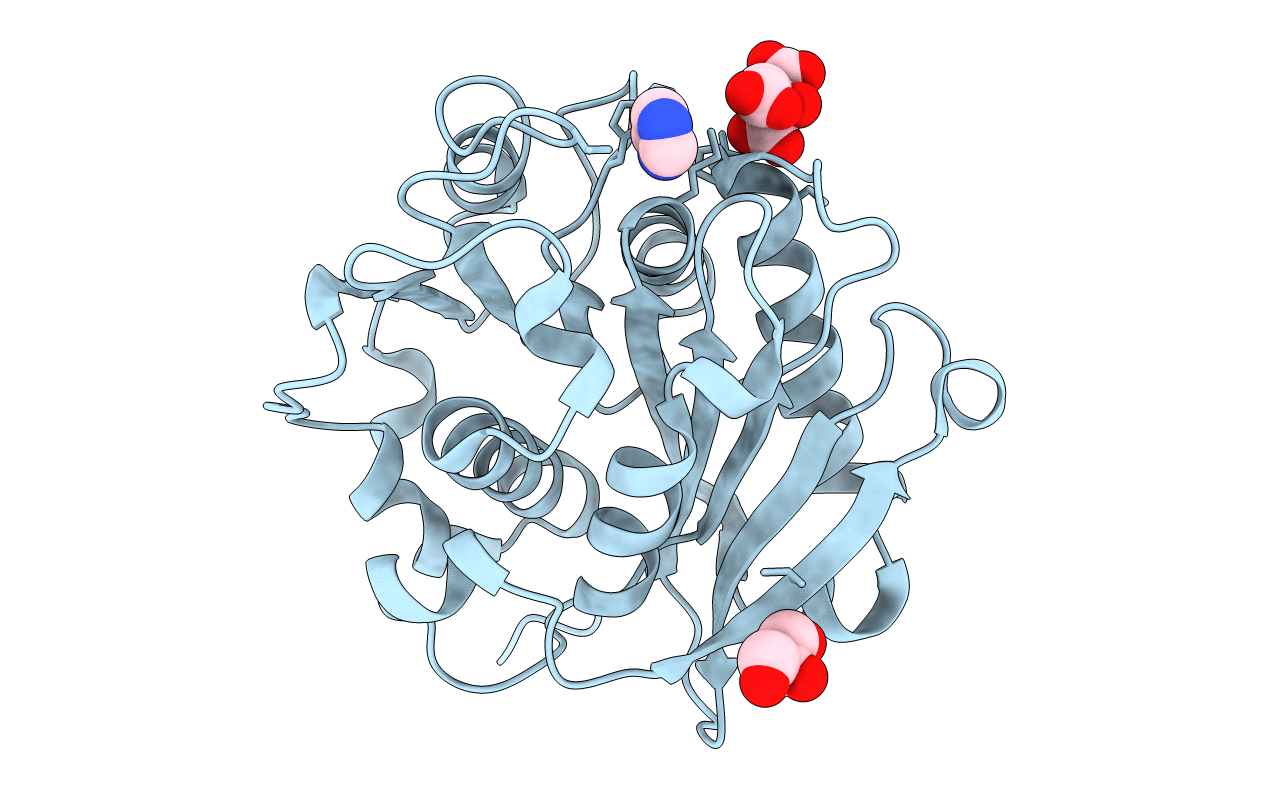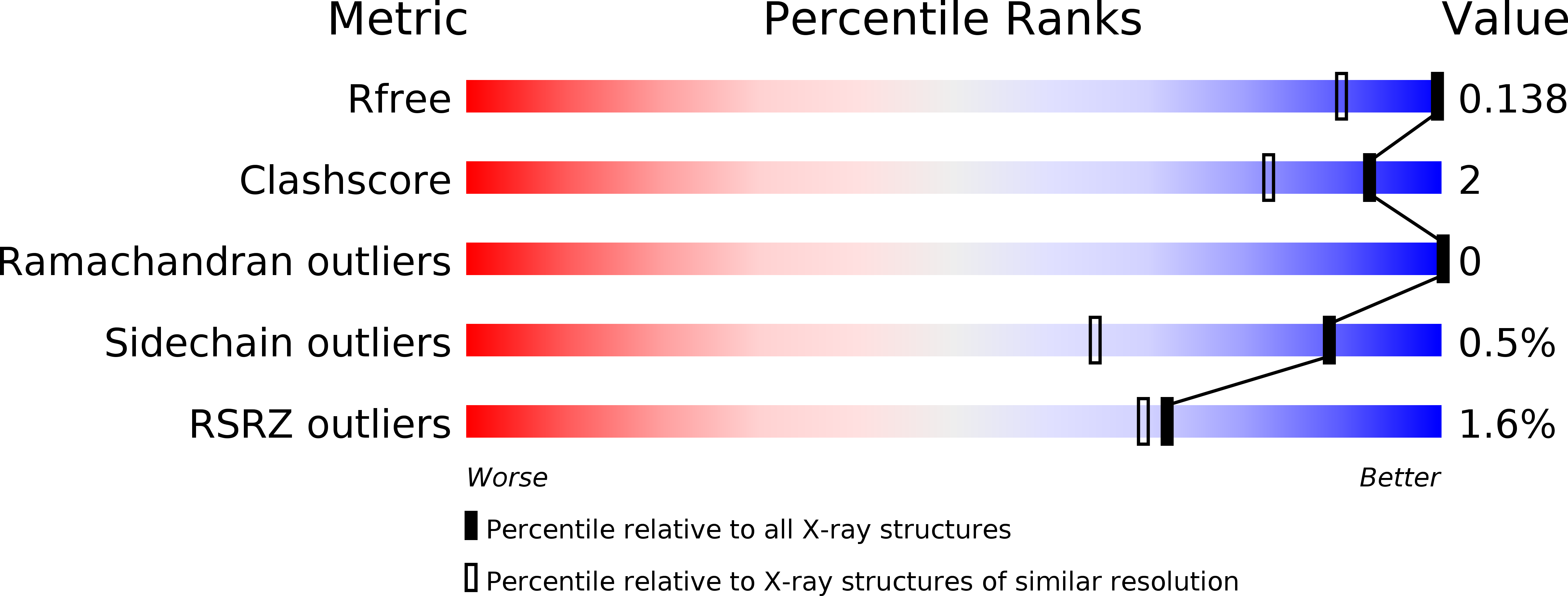
Deposition Date
2019-11-21
Release Date
2020-04-15
Last Version Date
2024-11-13
Entry Detail
PDB ID:
6THT
Keywords:
Title:
High resolution crystal structure of a Leaf-branch compost cutinase quintuple variant
Biological Source:
Source Organism:
uncultured bacterium (Taxon ID: 77133)
Host Organism:
Method Details:
Experimental Method:
Resolution:
1.14 Å
R-Value Free:
0.13
R-Value Work:
0.11
R-Value Observed:
0.11
Space Group:
P 63


